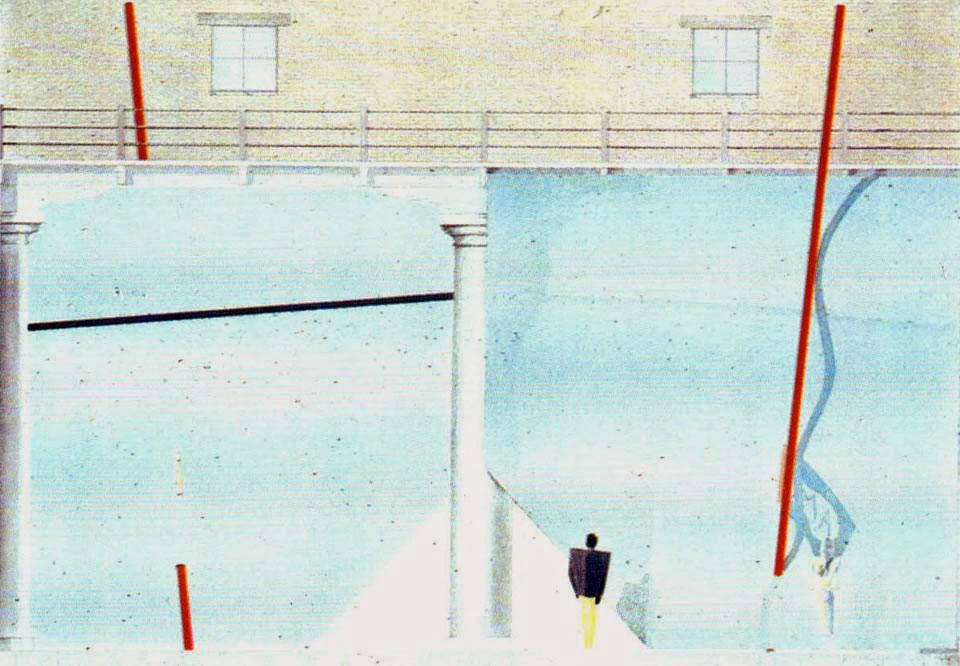Pensamiento creativo y pensamiento científico en la investigación arquitectónica y urbana
Por Verónica Rosero
Febrero 2019
Publicado originalmente en el libro Jornadas Internacionales. Prácticas Pedagógicas y Didácticas de la Educación Superior. Universidad Internacional SEK.
RESUMEN
La aplicación del método científico en la investigación arquitectónica y urbana parte en este texto de la desmitificación acerca de la desconexión entre el pensamiento científico y el creativo. En primera instancia se aborda la correcta definición de “ciencia” a través de un texto de George Orwell. A continuación, las cuatro patas que según Edgar Morin sostienen la ciencia (empirismo, teoría, verificación e imaginación) conectan ciencia con creatividad, ingrediente fundamental para la generación de conocimiento. Una vez comprendida la estrecha relación entre ambos pensamientos, se plantea una aproximación a estrategias de generación y verificación de conocimiento, asignando a los estudiantes de la materia de Investigación Arquitectónica y Urbana una de cinco líneas temáticas enfocadas en el contexto local. Se cierra el ciclo de “generación, verificación y propagación” con estrategias de difusión del conocimiento, aplicando el método del póster científico, integrando lo aprendido con las competencias gráficas de los estudiantes de arquitectura. Finalmente se entienden ambos pensamientos como elementos inseparables. Palabras clave: Arquitectura, creatividad, ciencia.
ABSTRACT
The application of the scientific method in architectural and urban research starts in this text with the demystification about the disconnection between scientific and creative thinking. Firstly, the correct definition of "science" is addressed through a text by George Orwell. Next, the four legs that according to Edgar Morin support science (empiricism, theory, verification and imagination) connect science with creativity, a fundamental ingredient for the generation of knowledge. Once the close relationship between both thoughts is understood, an approach to knowledge generation and verification strategies is proposed, assigning the students of Architectural and Urban Research subject, one of five thematic lines focused on the local context. The cycle of "generation, verification and propagation" is closed with knowledge dissemination strategies, applying the scientific poster method, integrating what has been learned, with the graphic competences of architecture students. Finally, creative and scientific thinking are understood as indivisible elements. Keywords: Architecture, creativity, science.







